If you have a poor credit score, you know how hard it can be to get approved for any sort of credit, whether it’s a credit card, a loan, or a mortgage.
And even if you do get approved, your credit will come with high interest rates, making your situation even tougher.
So what can you do to improve it? What are some simple things you can do to get your credit score back on the right track?
Here are 15 tips on how to fix bad credit.
Never miss an amazing deal again + get our bonus 250+ page eBook for FREE. Join 50,000 other Canadians who receive our weekly newsletter – learn more.
What is bad credit?
First, what is a credit score? It’s a 3 digit number from 300 to 900 that represents all of the info that is available on a credit report. This number is calculated by algorithms made by the credit bureaus.
So what is bad credit, exactly?
On a credit score scale from 300 to 900, anything under 559 is considered a bad credit score.
How does someone get a bad credit score? These are the kinds of things that can lead to these low credit scores:
- consistently missing payments (a missed payment once every couple of years won’t drop it this low),
- getting into bankruptcy,
- having collection agencies looking for you, and
- consistently using most of your available credit.
What’s considered a good credit score?
A good credit score is between 660 to 724, with anything above that point considered either very good or excellent.
In the good range you’re likely to be approved for most products you apply for, however you may see slightly higher interest rates. You’ll get the best possible rates once you hit the excellent mark (760+).
Like anything though, there’s no guarantee that you’ll be approved, even with a good, very good, or excellent score. There are many other factors a bank may take into consideration when approving your application, some of which may not have anything to do with you.
What’s considered a bad credit score?
A bad credit score (usually called poor) is when your score is between 300 and 559.
When your score is in this range, it’s likely you won’t be approved for any credit products, and if you do you’ll be looking at extremely high interest rates.
Once you get to this point, thinking about how to fix bad credit will likely be one of your top financial priorities.
Want to learn more about what is a good credit score? Here’s our full study on the 3 digit number, and if your credit score is enough to be approved.
How to fix bad credit: 15 tips to improve your credit
So, if your credit score isn’t the best, what can you do about it?
Here are 15 tips on how to fix bad credit.
1. Check your credit report
The first place to start is by checking your credit report. It will have all the details on your current and past credit products, as well as any inquiries to your credit file.
For credit products, a closed account will usually disappear after 10 years, and hard inquiries will stay on your file for 3.
But how do you access your report? And what can you do with this info? Here are 5 things to know.
How is credit rating calculated?
First, your credit rating is calculated by the credit bureaus using a proprietary algorithm.
There are 2 major credit bureaus in Canada – Equifax and Transunion. By law, both of these bureaus are required to provide your credit report free of charge once per year.
You won’t be able to calculate your rating yourself, but here’s what’s used, and what percentage each factor contributes to your score:
- Payment history – 35%
- Credit utilization – 30%
- Length of credit history – 15%
- Mix of credit types – 10%
- Application frequency – 10%
To learn more about each factor, check out our infographic credit score guide.
How to check Equifax credit report
It can be tricky to find where to get your free Equifax credit report when browsing the website (after all they want you to pay for it).
So simply head to this link, and you can gain access to your report and score online. You also have the option of them mailing your report to you, if you prefer.
How to check TransUnion credit report
With TransUnion, you also have the option to get your credit report for free – all you have to do is go to this link and fill out the form.
But unlike Equifax, TransUnion has yet to implement free credit score access. If you want to see your TransUnion credit score directly from the source, you’ll need to pony up $19.95 a month.
How to get your free credit score
That said, there are other ways to get access to your credit score frequently for free.
The major banks typically offer free credit report and score access to one of these bureaus if you have one of their chequing accounts.
And here are a some places that will give you access to your credit score for free:
If you see your credit score start to decline, you can request for free reports from the bureaus and see what might be going on.
What to do with this information
So what can you do with this information?
Basically there are 2 things you can check.
First, take a look at all the active accounts listed. Are there any active accounts you don’t use anymore (especially among credit cards)?
This is an easy way to close out any old accounts so you’re not left with inactive fees you may not be paying attention to. Just make sure to not close your oldest account, so you can keep your average account age high.
Second, check if there’s any accounts you don’t recognize. If there are, it’s time to investigate and fix them.
2. If you spot any mistakes, fix them or dispute them
The credit bureaus and banks make mistakes from time to time. Sometimes, things appear on your report that shouldn’t.
The other (far worst) scenario is being the victim of identity theft, meaning someone stole your info and applied for accounts under your name.
In any case, the first thing to do is to try contacting the bank itself. They may be able to rectify the situation and get your report cleaned up.
If that doesn’t work, you can dispute the errors through the credit bureaus themselves, and they’ll figure out what might be going on.
3. Check for credit report errors annually
Checking your credit report once won’t be enough – it’s something you need to do at least once per year.
Making a schedule to check your credit report is one way you can continually keep an eye out for inaccuracies and identity theft.
4. Aim for a credit utilization of 30% or less
Credit utilization refers to the portion of your total credit limit that you’re using at any given time. After payment history, it’s the second most important factor when calculating your credit score.
The easiest thing to do is to look at all your available balances (a current credit report has this all in one place), and make sure you don’t use more than 30% of it.
Once you get it down into a more manageable range, you can work on getting it even lower to 10%, which is considered ideal for improving your credit score.
5. Make arrangements and pay down debts
Paying down your debt will go a long way to improving your credit score. If a collection agency is out looking for you to collect on outstanding debts, the sooner you get them cleared, the sooner your credit score will start to improve.
By and large, debtors are willing to work with you on payment arrangements. After all, they still want to be paid back for what they’re owed, and it’s easier to work with you than other means (like a courthouse).
If you’re able to come to a new agreement with updated payments to make, create a plan around sticking to your side of the deal. Otherwise you’ll be right back where you started (maybe even in worse shape, after all the lender did agree to work with you).
6. Maintain good habits going forward
Maintaining good habits will keep your credit score from going in the tank.
For example, practicing the following will help your credit score:
- always making at least your minimum payments,
- keeping your spending on your credit cards in check, and
- not applying for new credit when you don’t need to.
How long will it take these good habits to fix a bad credit score? There’s no right answer. It really depends on what your credit report looks like. But these are all things that should be kept up forever.
7. Get a cell phone with a contract
This may seem like a strange thing to mention here, but if you get a cell phone contract, it’s actually a credit product (since they’re fronting you money towards a phone).
What’s more, the cell phone companies will do a soft credit check on you before granting you a contract.
But once you’re on a contract, paying your cell phone bill every month will appear on your credit report, and help boost your score.
8. Research the best tools for you
If your credit score is in the basement, you’ll most likely need the help of some tools to help give it a kick start.
We’ve listed a few tools you can consider below.
9. Keep old credit cards open
This may seem odd, but keeping your older credit card accounts open can help with your score.
One of the 5 factors in your credit score is your length of credit history. The longer history you have, the better your score.
Keeping your older credit card accounts active helps with this. Simply make a few purchases with the card a year to keep it active, and you’ll keep your credit history longer.
With that said, if you don’t intend to use the card, you may incur inactive fees. This also won’t be a good strategy if your card has an annual fee. In these cases, you’re probably still better off closing the account.
10. Limit your number of credit applications and credit checks
Another one of the 5 factors in your credit score is application frequency.
Most of the time, when you apply for credit, the lender will do a hard check on one of your credit files.
These credit checks do have a small impact on your score. If you apply for a few products at once, you may have a harder time getting approved for something else as another lender may see this as a sign of financial distress.
11. Get help from a credit counsellor
If you’re having trouble paying back your debt or keeping up with your payments, you may want to talk to a credit counsellor. Simply talking to a credit counsellor won’t affect your credit score, they’re here to help you out.
A credit counselling agency can provide a range of services, such as:
- one-on-one counselling,
- group courses, tips, and seminars on topics such as how to make a budget and stick to it or how to use credit wisely, and
- debt management plans.
You’ll obviously be paying these people to help you with your debt, but it can go a long way to improving your credit.
12. Educate yourself in personal finance best practices
Educating yourself on personal finances can help prevent you from getting a poor credit score in the first place.
There are all kinds of personal finance books out there that can provide tips and tricks when it comes to managing money and learning how to fix bad credit.
What books should you look at? Lucky for you, we’ve compiled a list of 21 personal finance books you can think about, including our very own eBook.
13. Rebuild your credit with a secured credit card
A secured credit card is just about the only credit card you can get approved for if you’ve got fair or poor credit (a score of less than 660).
Why can you get approved for one? These credit cards have near guaranteed acceptance, as you have to provide a security deposit to get an account opened. Once the issuer receives your deposit, you’ll be issued a credit card, with a credit limit that corresponds to your deposit.
Use the card for purchases, make your payments on time, and your good behaviour will get reported to both major bureaus, which will start to improve your credit score.
When it’s improved and you’ve closed your account, you’ll get your security deposit back.
14. Deal with credit delinquencies
If you have delinquent accounts, charge-offs, or collection accounts, take action to resolve them. For example, if you have an account with multiple late or missed payments, get caught up on what is past due, then work out a plan for making future payments on time.
That won’t erase the late payments from history immediately (it usually takes about 6 years) but these tips will improve your payment history going forward.
15. Consider consolidating your debts
If you have a number of outstanding debts, it could be to your advantage to take out a debt consolidation loan from a bank or credit union and pay off all of them in one place.
This way, you’ll just have one payment to deal with, and, if you’re able to get a lower interest rate on the loan, you’ll be in a position to pay down your debt faster.
That can improve your credit utilization ratio and, in turn, your credit score.
2 best tools to fix bad credit in Canada
What kinds of tools are at your disposal to fix your credit?
Here are 2 different things you can do.
1. Use a secured credit card
A secured credit card is going to be the best thing you can do to improve your score.
These are bare bones cards – no rewards, very little (if any) insurance coverage, and no perks to speak of.
They’re here for one thing – near guaranteed approval, to help those with poor credit start the road to recovery.
To get a secured credit card account opened, you need to provide a security deposit to the issuer. That deposit then becomes the credit limit of the card.
Once you’re finished with your secured card and you close your account, you’ll receive your deposit back from the bank, providing your account was in good standing when you closed it.
For the 2 cards in the above table, here’s what you’ll need to provide for a deposit and what the annual fee is.
Here are details on what one has to offer.
Best secured credit card in Canada
The best secured credit card in Canada is the
What separates it from the rest? After all, these are very basic credit cards.
It’s the fees, or lack thereof in this case. There’s no annual fee, so it doesn’t cost you anything to carry around.
The foreign exchange fee is also 2%, lower than the typical 2.5% most credit cards charge.
Home Trust also offers the
2. Use KOHO credit building
KOHO offers a unique tool to help with your credit score with KOHO Credit Building.
To get access, you’ll need to have one of their prepaid cards – either the
Once you have an account open, you’ll get access to Credit Building. Once activated, you’ll need to pay the $7 monthly fee.
KOHO then reports your monthly payment progress to one of the major credit bureaus. As part of this, you’ll also be able to see your credit score. After 6 months, you should see a substantial improvement in your score.
The catch?
They only report to one of the major bureaus (and they don’t say which one).
But otherwise, it’s a relatively cheap and easy way to fix bad credit.
What about you?
Those are the major tips on how to fix bad credit in Canada. And they can go a long way to improving your own credit score.
Any tips you wish to share on improving a poor credit score?
Leave them in the comments below!
FAQ
What are the ways to fix bad credit?
There are plenty of ways to fix bad credit. A couple of notable tips include:
- check your credit file once per year,
- keep your credit utilization under 30%,
- use a secured credit card, and
- pay down debts.
What is a bad credit score in Canada?
A bad credit score (or poor credit score) is defined as having a score of less than 560.
Are there loans for bad credit?
There are loans for people who have bad credit, the biggest one being payday loans. These loans have very high interest rates so they should be avoided at all costs.
creditcardGenius is the only tool that compares 126+ features of 231 Canadian credit cards using math-based ratings and rankings that respond to your needs, instantly. Take our quiz and see which of Canada's 231 cards is for you.



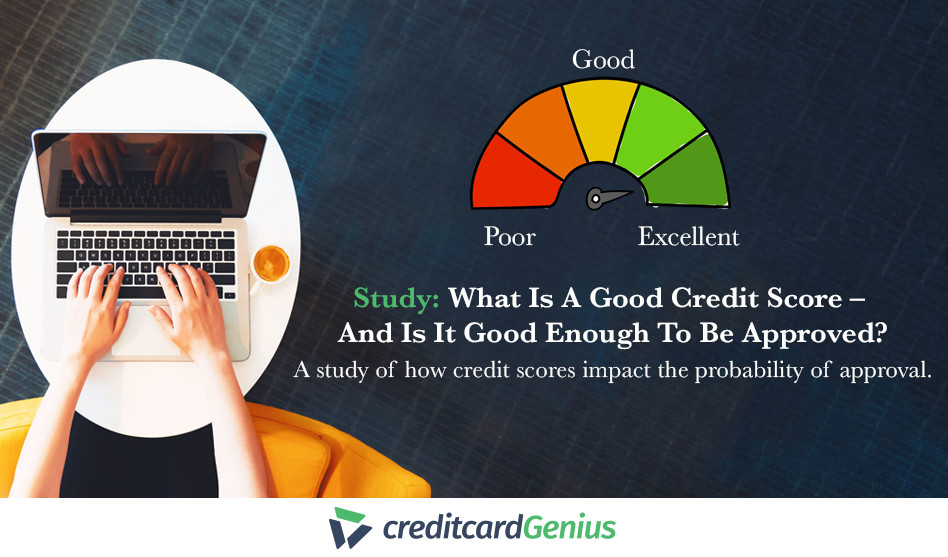



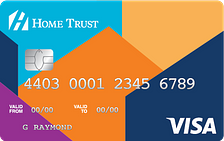
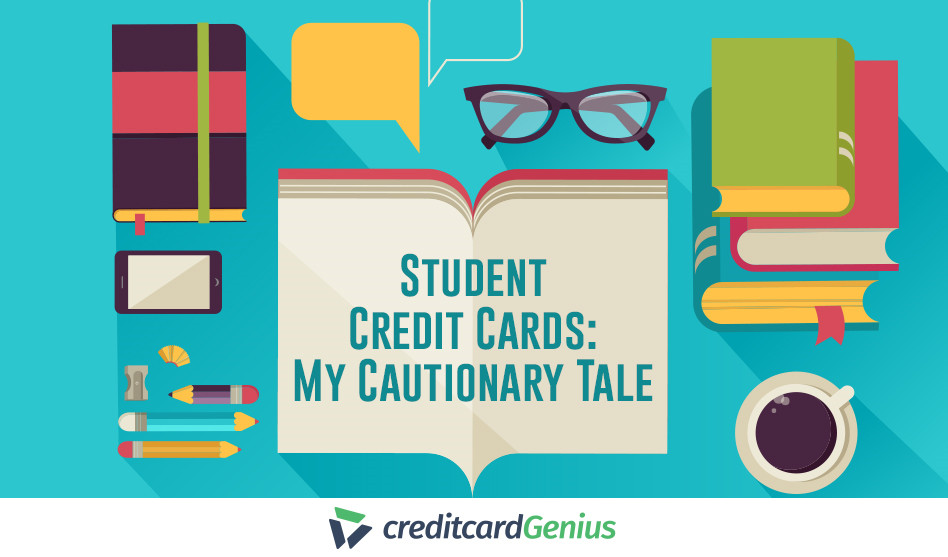
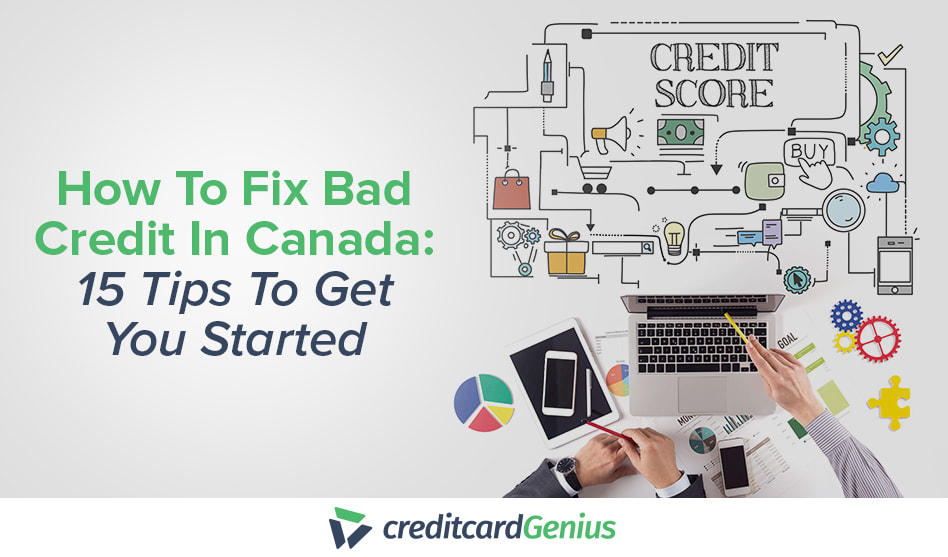
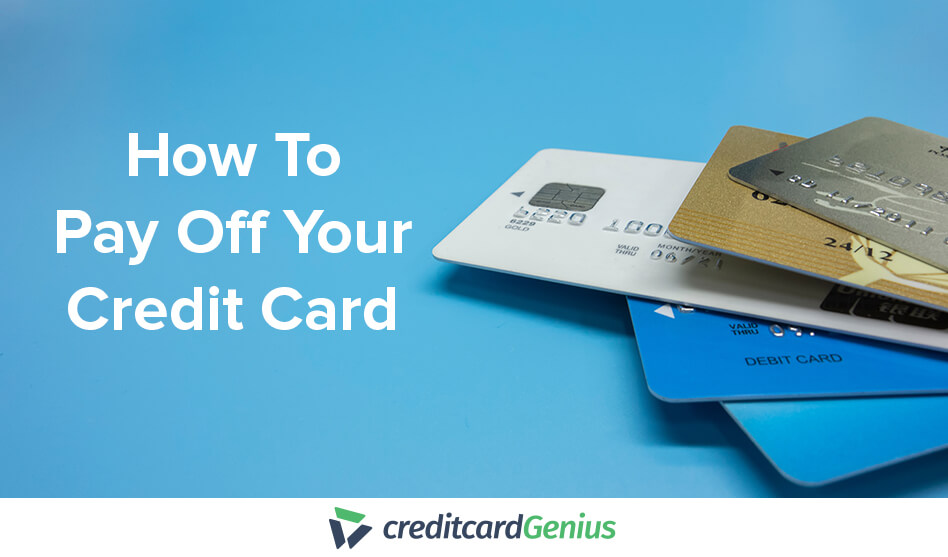



 GC:
GC: 
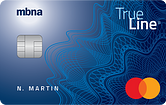
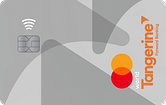
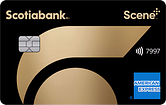
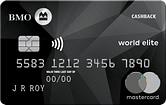
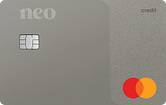
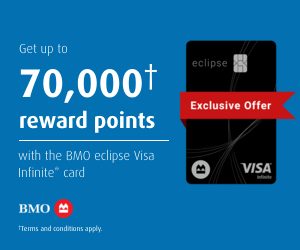

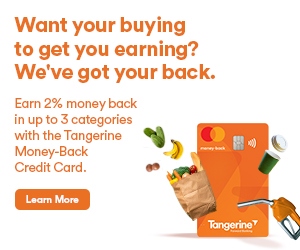





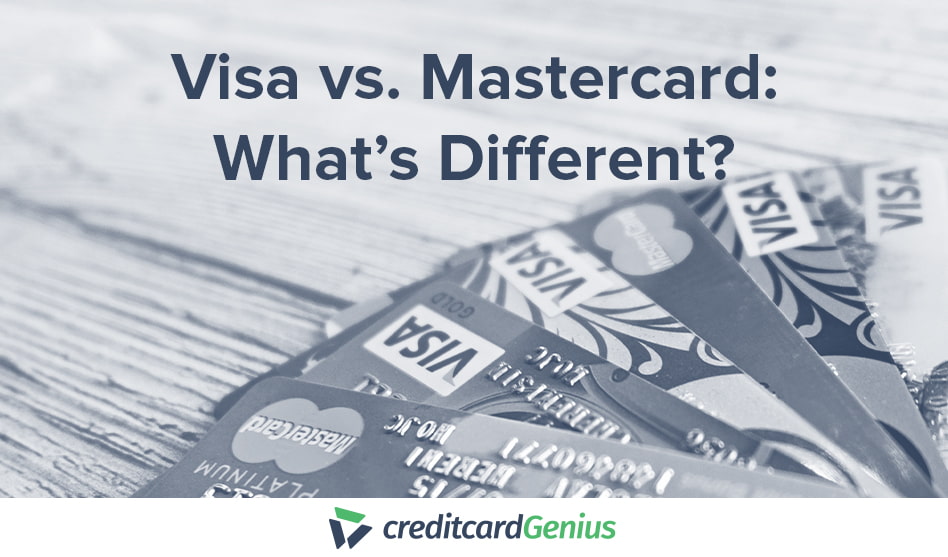
.png)




















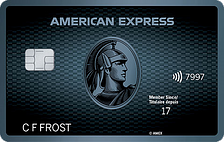
 $100 GeniusCash + Earn up to 15,000 Welcome Bonus Membership Rewards® Points.*
$100 GeniusCash + Earn up to 15,000 Welcome Bonus Membership Rewards® Points.*
Comments
Leave a comment
Required fields are marked with *. Your email address will not be published.